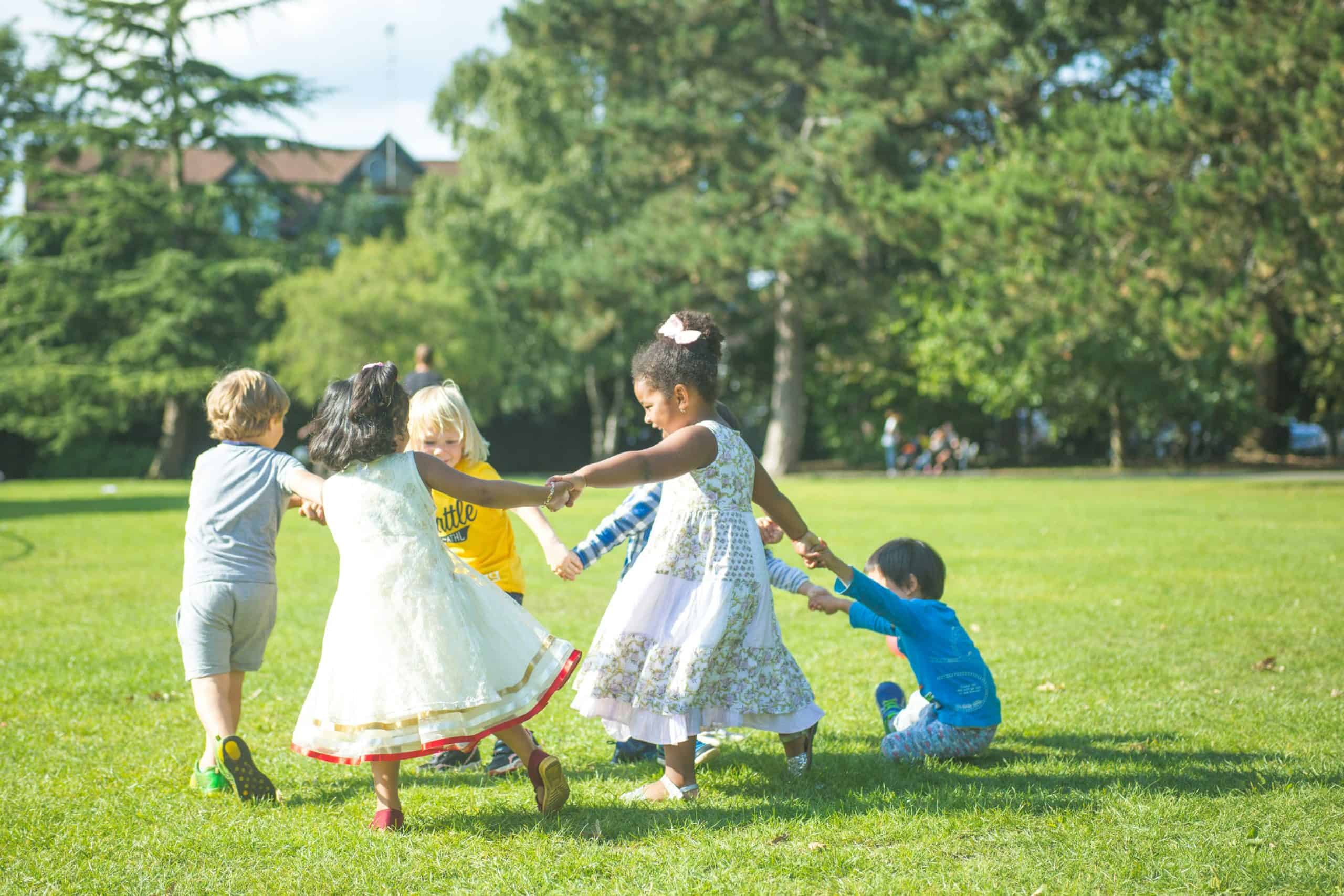
Navigating the Landscape of Active Play: Insights from Global Surveillance and Monitoring
Thank you to Dr. Eun-Young Lee, Assistant Professor at Queen’s University and OPC Board Secretary, An-Chi Shih, Physiotherapy Student at McMaster University, and Dr. Mark Tremblay, Senior Scientist at the CHEO Research Institute and OPC Board President, for providing this post.
In today’s dynamic world, the significance of active play in children’s development cannot be overstated. Yet, understanding the global landscape of active play and its monitoring practices poses a complex challenge. A recent comprehensive review published in the Journal of Exercise Science and Fitness offers a detailed exploration of global surveillance and monitoring efforts surrounding active play, focusing on previous Global Matrix* initiatives, providing valuable insights into this critical aspect of childhood.
Key Findings
The study delves into the multifaceted dimensions of active play and its surveillance across 68 countries that participated in the previous Global Matrix. One of the key findings is the wide variability in the definitions and measurement approaches used to assess active play, reflecting the diverse cultural, social, and environmental contexts in which children are born, live, grow, and play.
Moreover, the study highlights the importance of comprehensive surveillance systems in capturing the nuanced dynamics of active play that encompasses both outdoor and indoor activities, accounting for different age groups, cultural variations, and specific barriers in different geographical locations. By doing so, surveillance efforts can provide a more holistic understanding of children’s play behaviors and their implications for health and development.
Implications for Outdoor Play Advocates
The study emphasizes the need for standardized surveillance protocols and indicators to facilitate cross-country comparisons and inform evidence-based policies and interventions.
By establishing a global framework for monitoring active play, policymakers and outdoor play advocates can identify areas for improvement and implement targeted strategies to enhance children’s play opportunities and experiences worldwide.
Implications for Future Research
This study offers valuable insights into the development and enhancement of questionnaires focused on active play, presenting six key considerations for future research in this area: consideration of (1) established terminology; (2) diversity in play location; (3) different climate and settings; (4) age-specific active play questionnaire item(s); (5) culturally relevant adoption for different countries; and (6) equity, diversity, inclusion, and accessibility (EDIA).
By addressing these considerations, future questionnaire development and research efforts can effectively capture and evaluate active play behaviors across diverse populations, thereby informing advocacy efforts aimed at promoting outdoor play for children worldwide.
The study also provides two sets of age- and location-specific questionnaire items for the measurement of active play that researchers can use with guidelines on the use of the items and reporting. The authors of the study note that these questionnaire items should be translated as needed and modified and tested for psychometric properties upon their use in each country/study (see the questionnaire items here).
Looking Ahead
As advocates for outdoor play, we recognize the importance of fostering environments that support children’s innate need for play, creativity, and exploration. The findings highlight the challenges and inconsistencies in measuring and reporting the active play data globally, and these findings provide a strong foundation for future initiatives aimed at promoting active play among children and youth. By leveraging the insights obtained from global surveillance efforts, we can work together to advocate for the importance of outdoor play and create a world where every child can thrive and reach their full potential through play in an ever-changing world.
*Global Matrix, led by the Active Healthy Kids Global Alliance (AHKGA), is the global-level, biennial evaluation system of physical activity related behaviors among children and youth, including the Active Play indicator, and the sources of influence using letter grades (ranging between “A” and “F”). To date, four biennial rounds of Global Matrix were conducted involving 15 countries in 2014, 38 countries in 2016, 49 countries in 2018, and 57 countries/jurisdictions in 2022 (Note: Global Matrix in 2020 was postponed to 2022 due to the COVID-19 pandemic).
To read more about this work: Lee E-Y, Shih AC, Tremblay MS. Exploring the world of active play: A comprehensive review of global surveillance and monitoring of active play based on the global matrix data. J Exerc Sci Fit. 2024:22(3);254-265. https://doi.org/10.1016/j.jesf.2024.03.008

